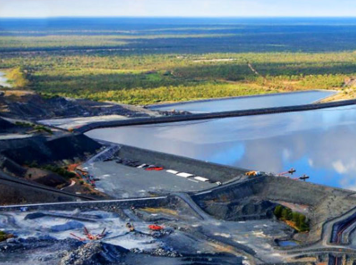New site tallies tailings
 The world’s first public database of mine tailings dams has been launched to prevent deadly disasters.
The world’s first public database of mine tailings dams has been launched to prevent deadly disasters.
On the first anniversary of the Brumadinho mine disaster in Brazil, the Church of England Pensions Board and Swedish National Pension Fund, backed by the UN Environment Program, have launched a global database featuring more than 1700 mine tailing dams.
The Global Tailings Portal was built by Norway-based GRID-Arendal as part of the Investor Mining and Tailings Safety Initiative.
Professor Elaine Baker from the University of Sydney and has been a driving force in the foundation of the database.
“This portal could save lives,” Professor Baker says.
“Tailing dams are getting bigger and bigger. Mining companies have found most of the highest-grade ores and are now mining lower-grade ones, which create more waste. With this information, the entire industry can work towards reducing dam failures in the future.”
The release of the Global Tailings Portal coincides with the one-year anniversary of the tailings dam collapse in Brumadinho, Brazil, which killed 270 people.
After that disaster, a group of institutional investors asked 726 of the world’s largest mining companies to disclose details about their tailings dams.
Many of the companies complied, and the information they released has been incorporated into the database.
Until now, there has been no central database detailing the location and quantity of the mining industry’s liquid and solid waste, known as tailings.
The waste is typically stored in embankments called tailings dams, which have periodically failed with devastating consequences for communities, wildlife and ecosystems.
The database will allow users to view detailed information on more than 1700 tailings dams, categorised by location, company, dam type, height, volume and risk, among other factors.







 Print
Print